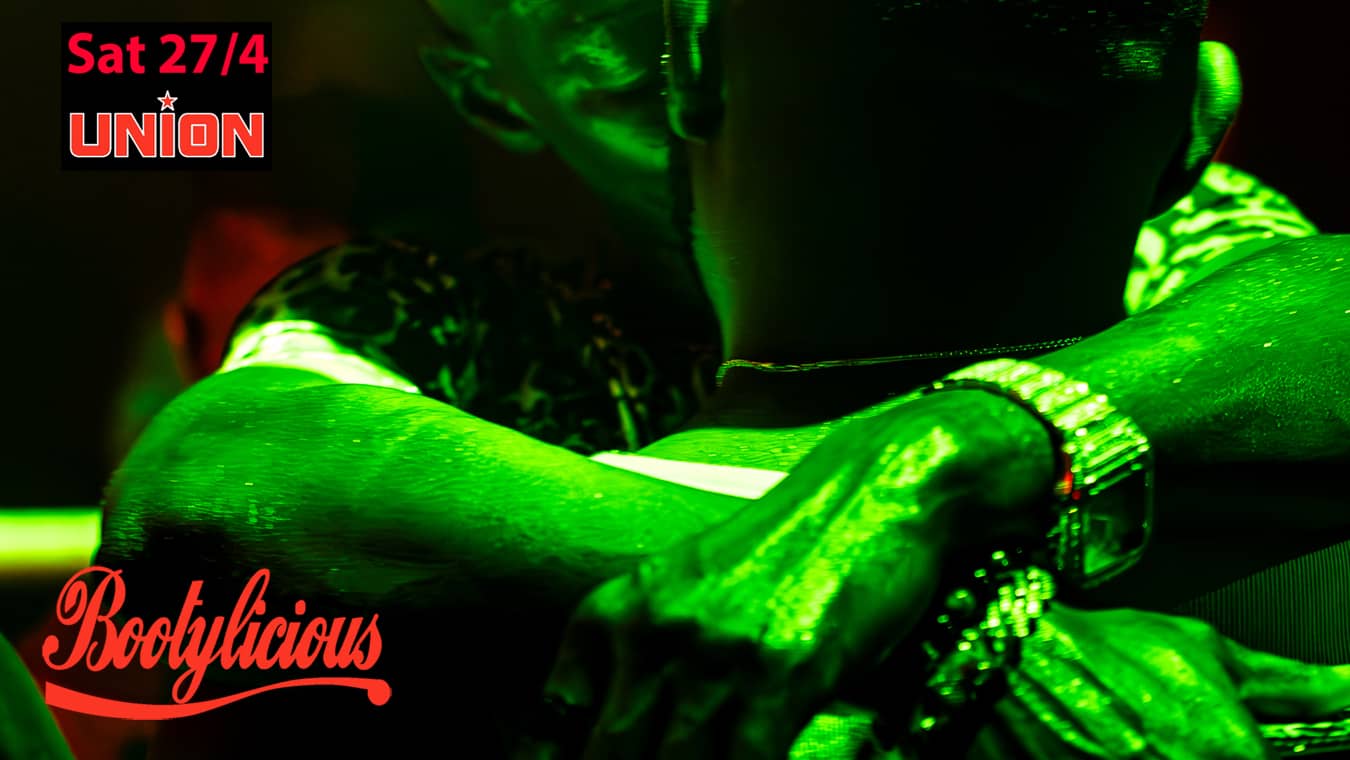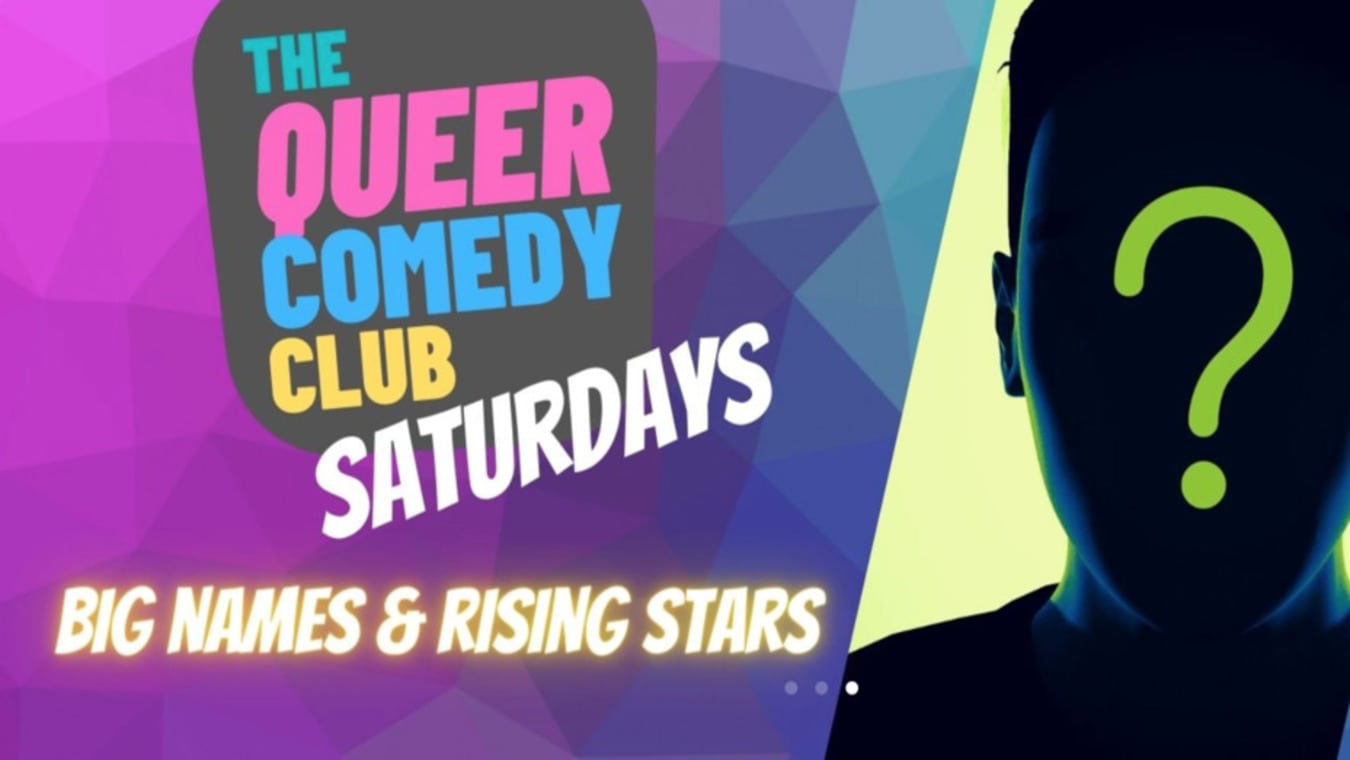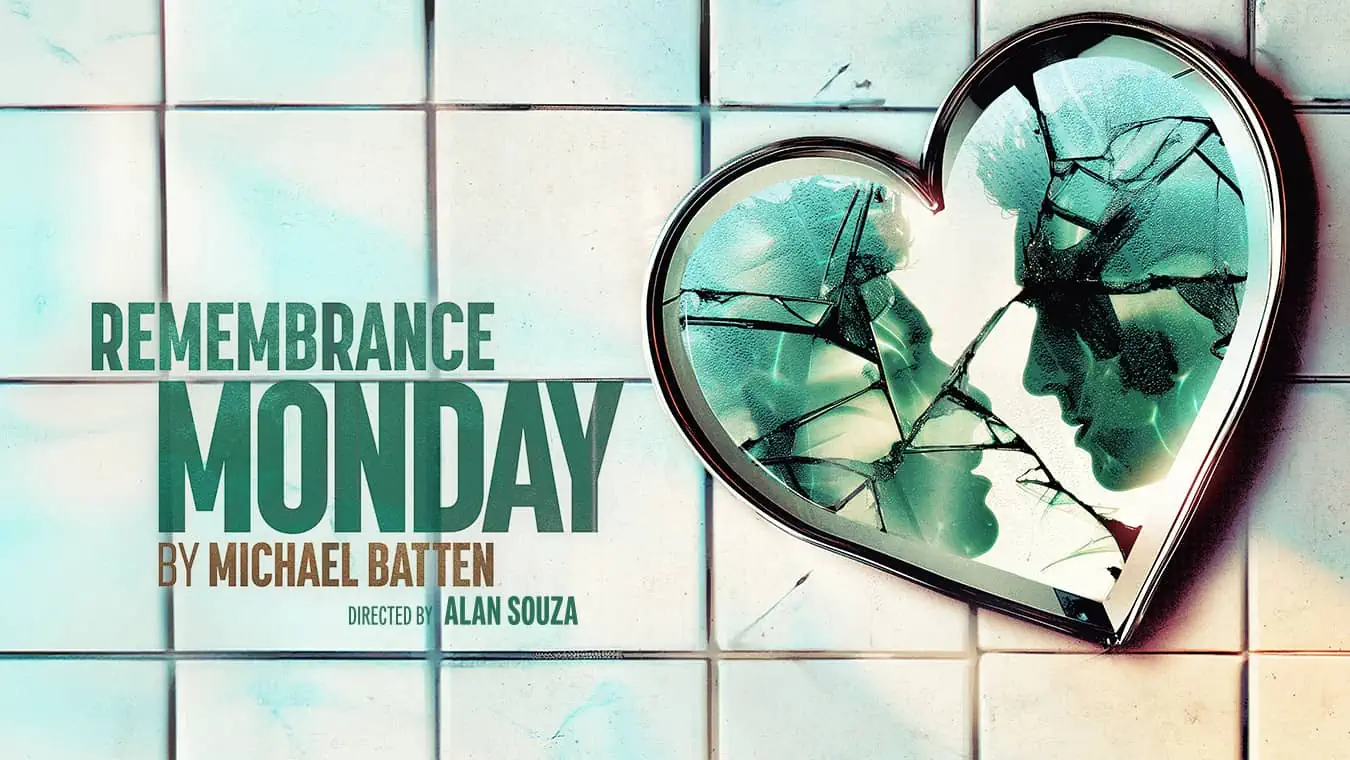There hasn’t been a movie like Ready Player One for a while. In a market dominated by the smarmily grinning mask of Marvel, most other action/adventure flicks in the last few years have veered away from fun frolics and opted for gritty and political. It’s all po-faced punches and covert conspiracies, a far cry from the cheesy 90s adventure romps we grew up with.
Based on Ernest Cline’s seminal dystopian novel of the same name, Ready Player One not only has a generous helping of cheese, but a bright eyed spark of sentimentality. It’s proper Boxing Day Special sentimental, of the type we don’t really see these days. Glowing-fingertip-goodbye sentimental. A brave move by Spielberg and many critics have poo-pooed it, but it’s actually quite refreshing to see.
Set in Columbus, Ohio, 2045, the future portrayed is an uncomfortably believable one. Drones deliver pizzas, people communicate pretty much exclusively online, and everything’s overseen and controlled by big tech companies. No surprises there! Lead character Wade Watts lives in the near-future’s answer to a trailer park, one of the film’s most breathtakingly rendered visuals – a towering, groaningly unstable hodge-podge of caravans, stacked on top of one another at precarious angles like an unfinished game of Jenga.
Everyone’s addicted to The OASIS, an online VR game created by the decidedly Steve Jobs-esque James Halliday. Before he died, in a Willy Wonka style last move, Halliday hid an “easter egg” in the game – whoever finds it gains immediate ownership and control of the multi-billion dollar tech company. Along with a gang of fellow plucky young gamers, Wade sets out to locate the egg, beat the game and find glory!
It’s an old-school premise, which is charming at points but is also the film’s downfall. Because that really is all there is to it. No underlying allegories or daring parallels here. It’s just find the egg. Get the girl. Beat the game. And it’s frustrating – the film has such huge scope in some ways, but is disconcertingly inward-looking and uninventive in others. There is a very obvious message about the importance of reality over virtual reality, but it all feels a bit ham-fisted.
A lot of the hype it’s had has, predictably, been focused on its fanboy-pleasing avalanche of 80s movie and video game references. It’s relentless, with characters, quotes and even entire movie sets popping up left, right and centre. The constant ride on the nostalgia train is an annoyingly unimaginative way of getting cheap laughs and indulgent sighs, following on the baseball jacketed coat tails of the success of Stranger Things at IT. That said, there’s a scene involving a Street Fighter move where even the most cynical viewer won’t be able to resist letting out a snicker.
It does have some great points though – most notably, Lena Waithe as gung-ho lesbian gamer Aitch. Aside from her, the other actors’ performances don’t particularly stand out, but then, they spend most of their screen time as digitally rendered avatars, so it’s a bit hard to quantify.
Ready Player One is fine. It’s entertaining, it’s colourful, and it’s certainly not a terrible movie. But in 2018, where audiences are more discerning and distracted than ever, is “not terrible” enough?
Ready Player One is in cinemas from March 29th.












